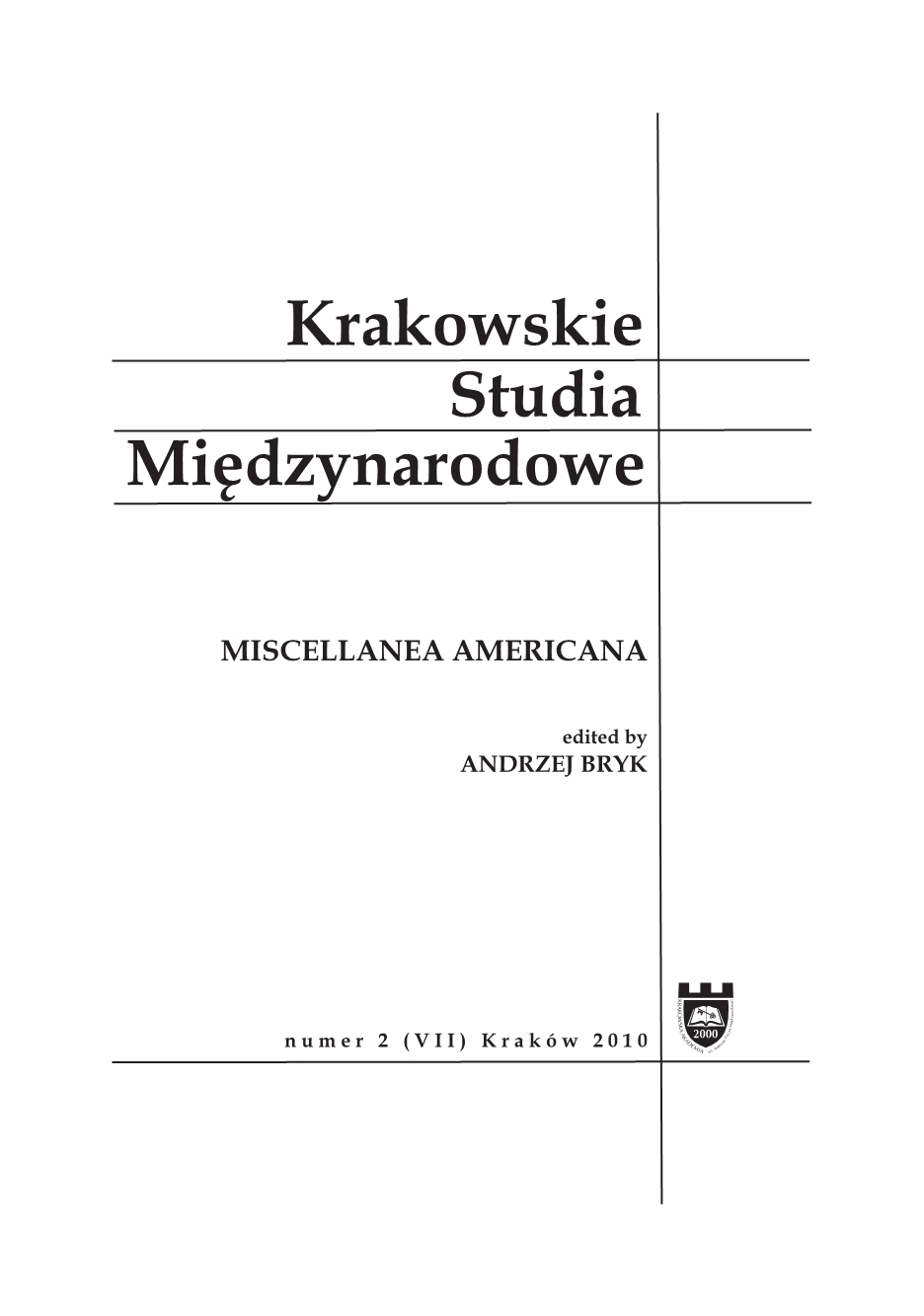
We kindly inform you that, as long as the subject affiliation of our 300.000+ articles is in progress, you might get unsufficient or no results on your third level or second level search. In this case, please broaden your search criteria.

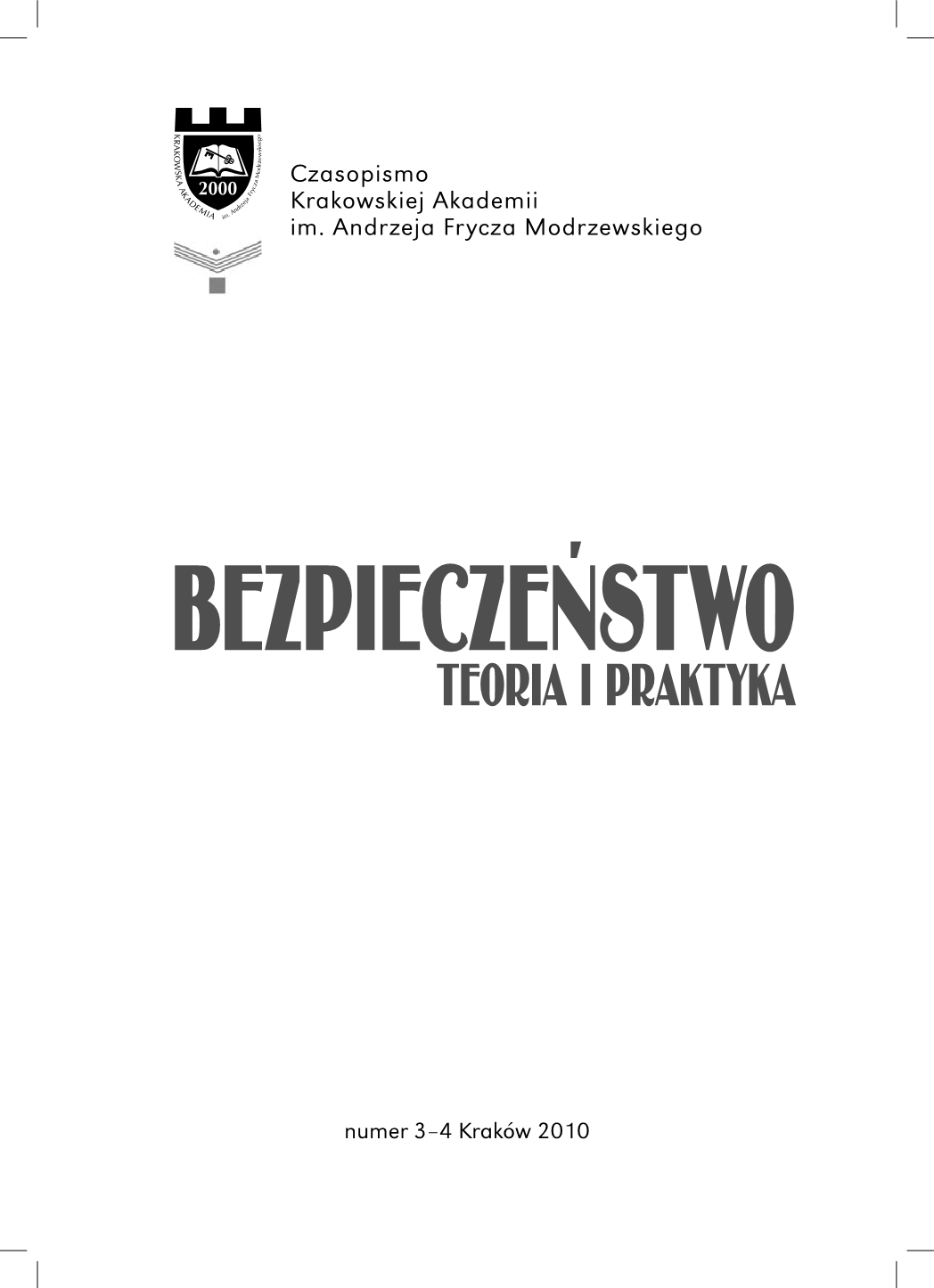
A Polish Democratic Society was formed in Paris in 1832. The agenda of this group included the elimination of personal property, equality, and the abolition of states. Poland would be a democratic republic. The leaders of the Polish Democratic Society were Tadeusz Krępowiecki and Aleksander Pułaski. The Polish Democratic Society stood for, was always prepared for, and apt to go into armed battle. The works of the democrats included two unsuccessful uprisings in 1846 and 1848. Members of the society were represented in great numbers in the Polish Legion which fought in Hungary in 1849. The declaration of general war caused a break in the crisis which the Polish Democratic Society had undergone due to failures and challenges it had faced. Past members of the Polish Democratic Society created a Polish Circle in Paris which was determined to organize, on Turkish territory, democratic Polish legions to battle Russia alongside anti-Russian coalition. The Polish Circle, during a meeting in Paris on October 29, 1853, granted General Jόzef Wysocki full command to apply for the organization of legions to the Turkish government. One of General Wysocki’s assets was his experience as leader of Polish legions in Hungary as well as his two year stay in the Ottoman Empire. En route to Istanbul, Wysocki made a proclamation to Poles in Avignon on December 18, 1853, during which he introduced the purposes and goals of his mission. The proclamation was connected with the fate of the Ottoman Empire; specifi cally saving Turkey and the West- only in this way could independent Poland’s existence be guaranteed. The creation of Polish legions alongside Ottoman armies would serve to reach these goals.
More...
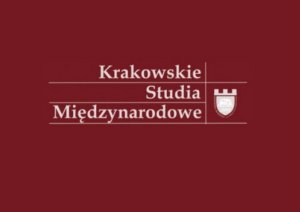
The article is devoted to the Polish contribution to the building of US Army from the War of Independence to the Civil War. The author focuses especially on the later as it was the largest armed conflict in the US. Having explained the origins and motivations of the individual immigrant groups who decided to join the Union or the Confederation, the author attempts ascertaining their actual contribution to the war of 1861–1865. The problem with defining the actual number of soldiers of Polish origin fighting on both sides is highlighted, as the number is frequently strongly understated even by Polish historians. Furthermore, the article is an essay in showing that wherever they fought, Polish soldiers – although bereft of fatherland – were devoted to the ideal of fighting for freedom, even despite numerous proofs of intolerance and cases of negative bias of American society they encountered.
More...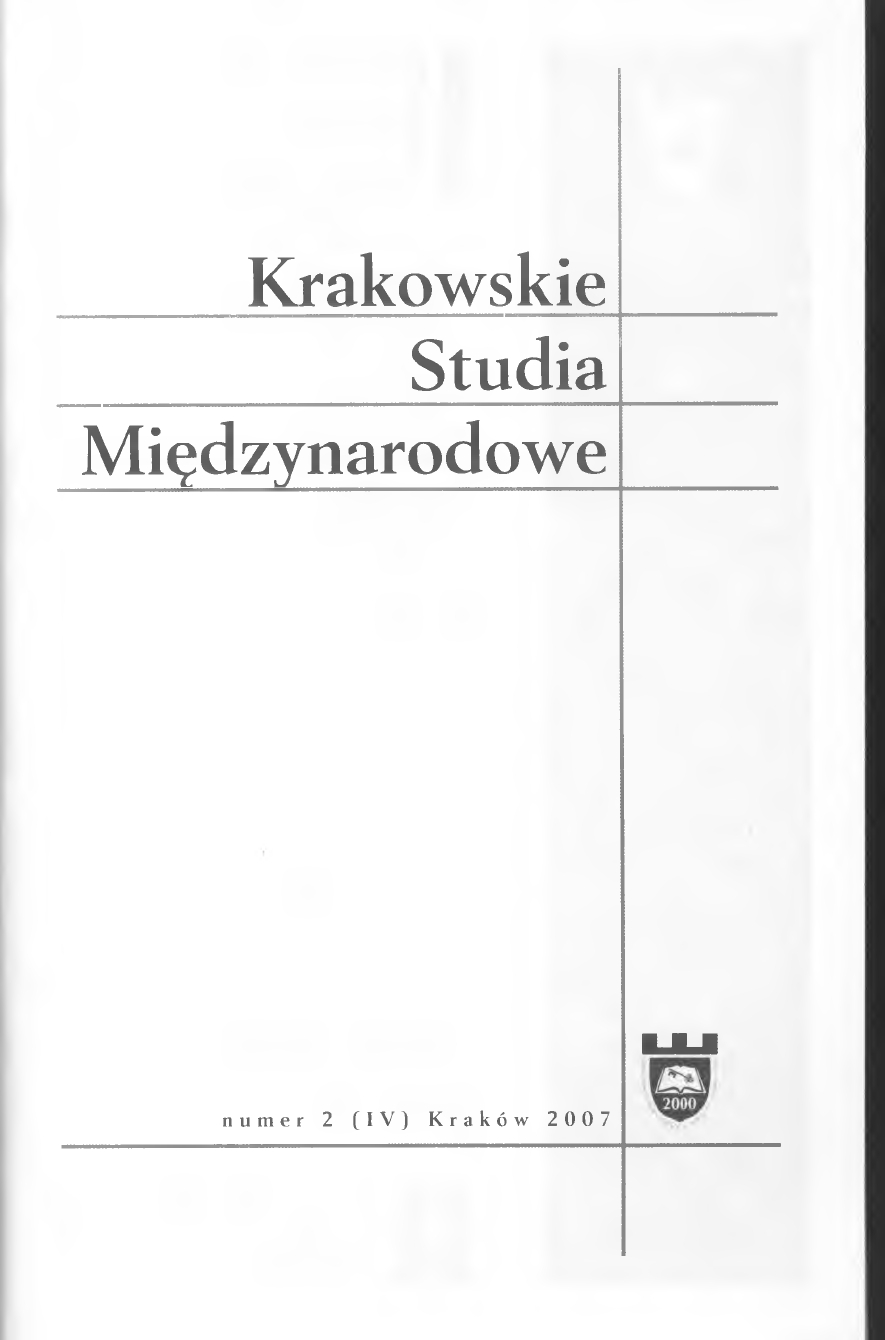
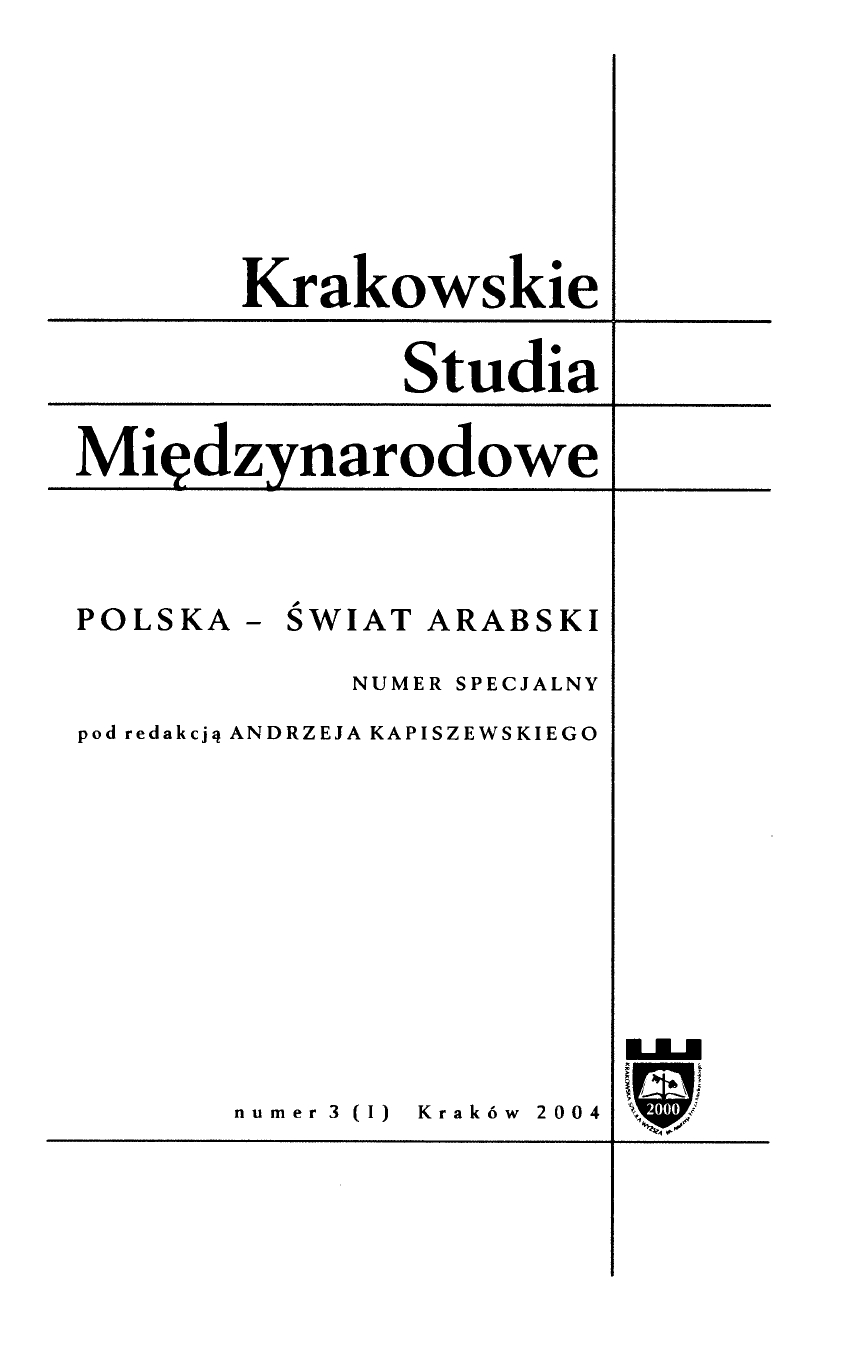

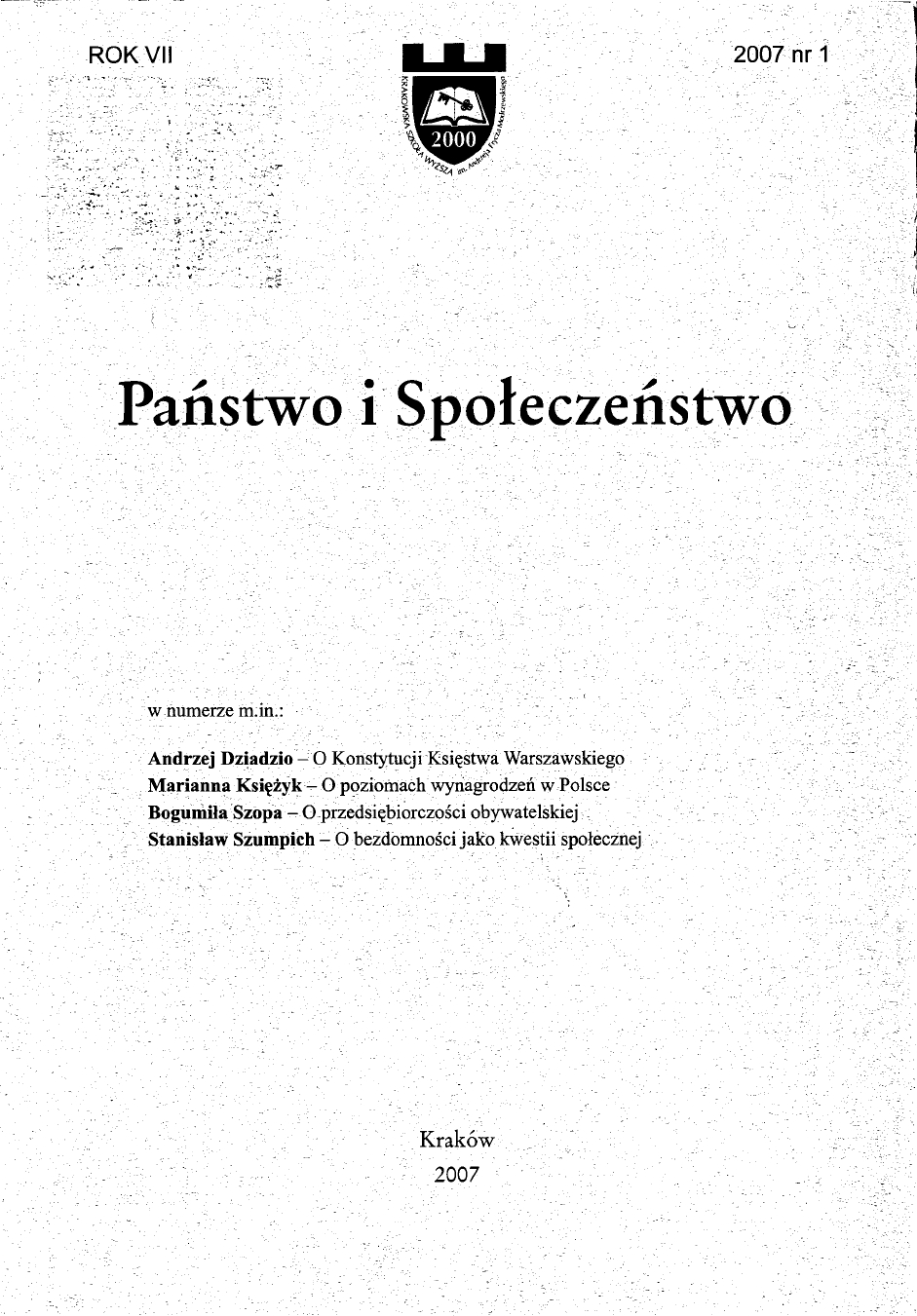
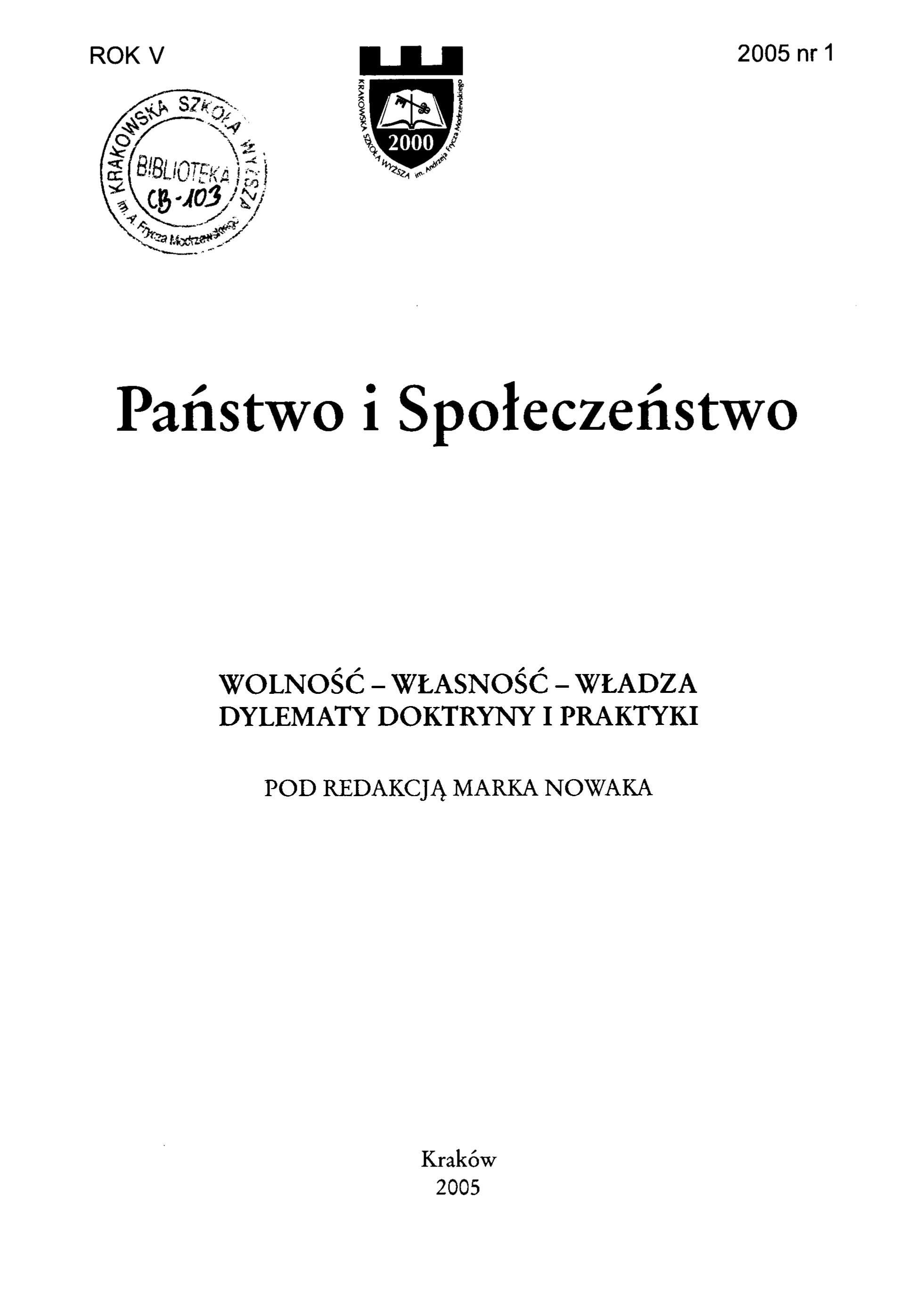
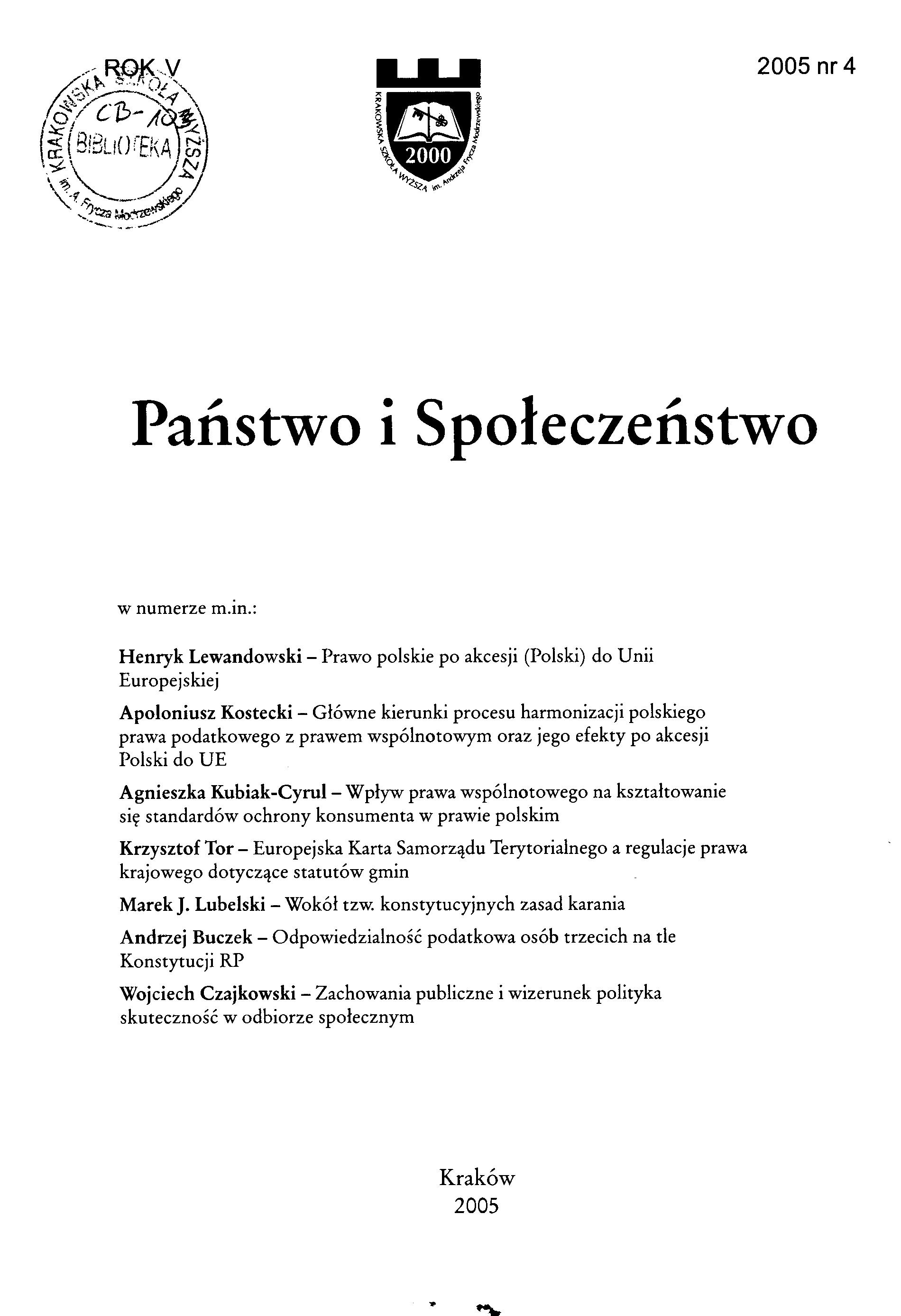
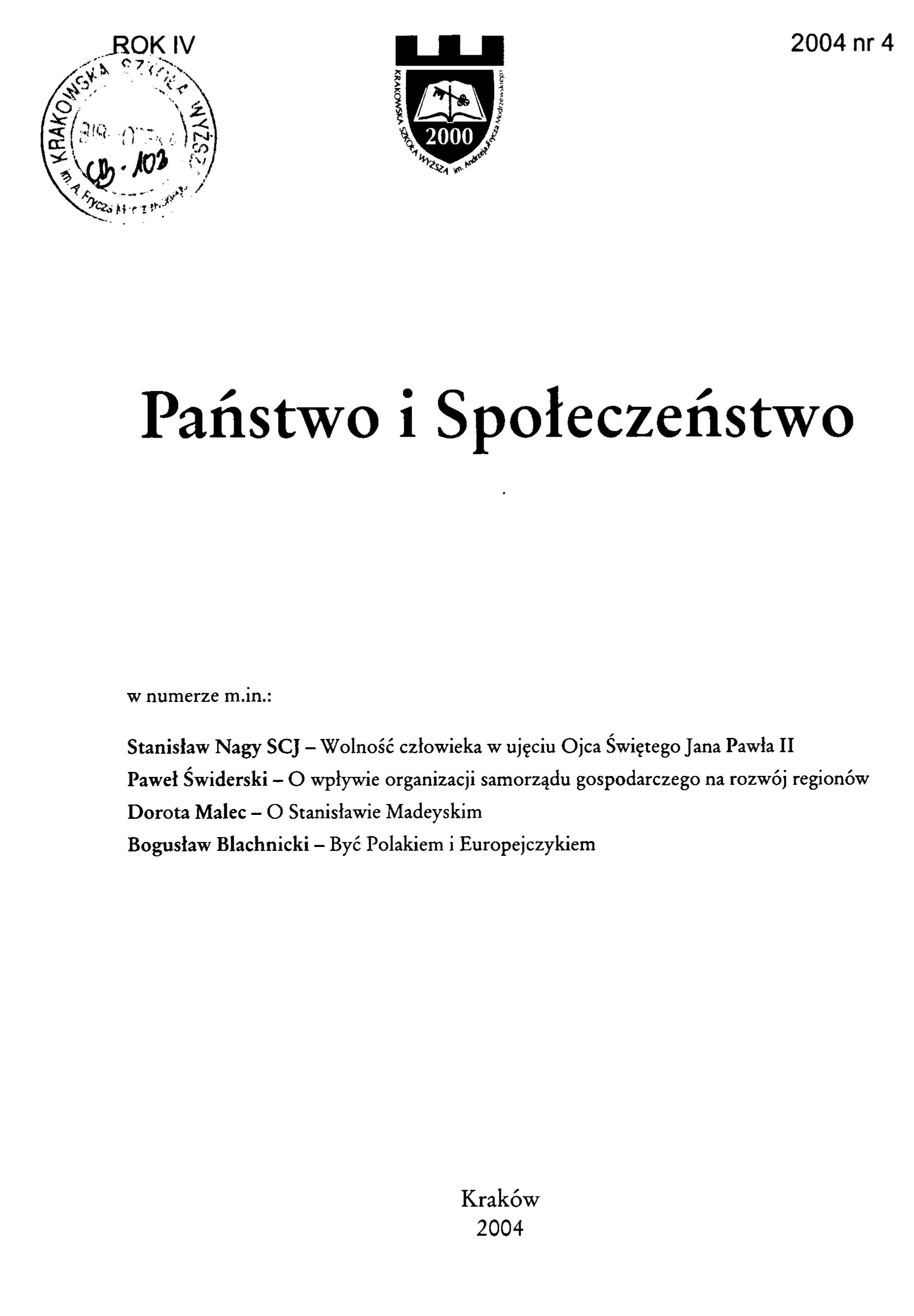


The article is devoted to the latest Ukrainian historiography of the Judicial Reform of 1864. It is noted that in Ukrainian literature of recent years, attention has been paid to the implementation of the Judicial Reform on the lands that are part of modern Ukraine. In both Russian and Ukrainian historical literature, the Judicial Reform of 1864 received only a positive assessment.
More...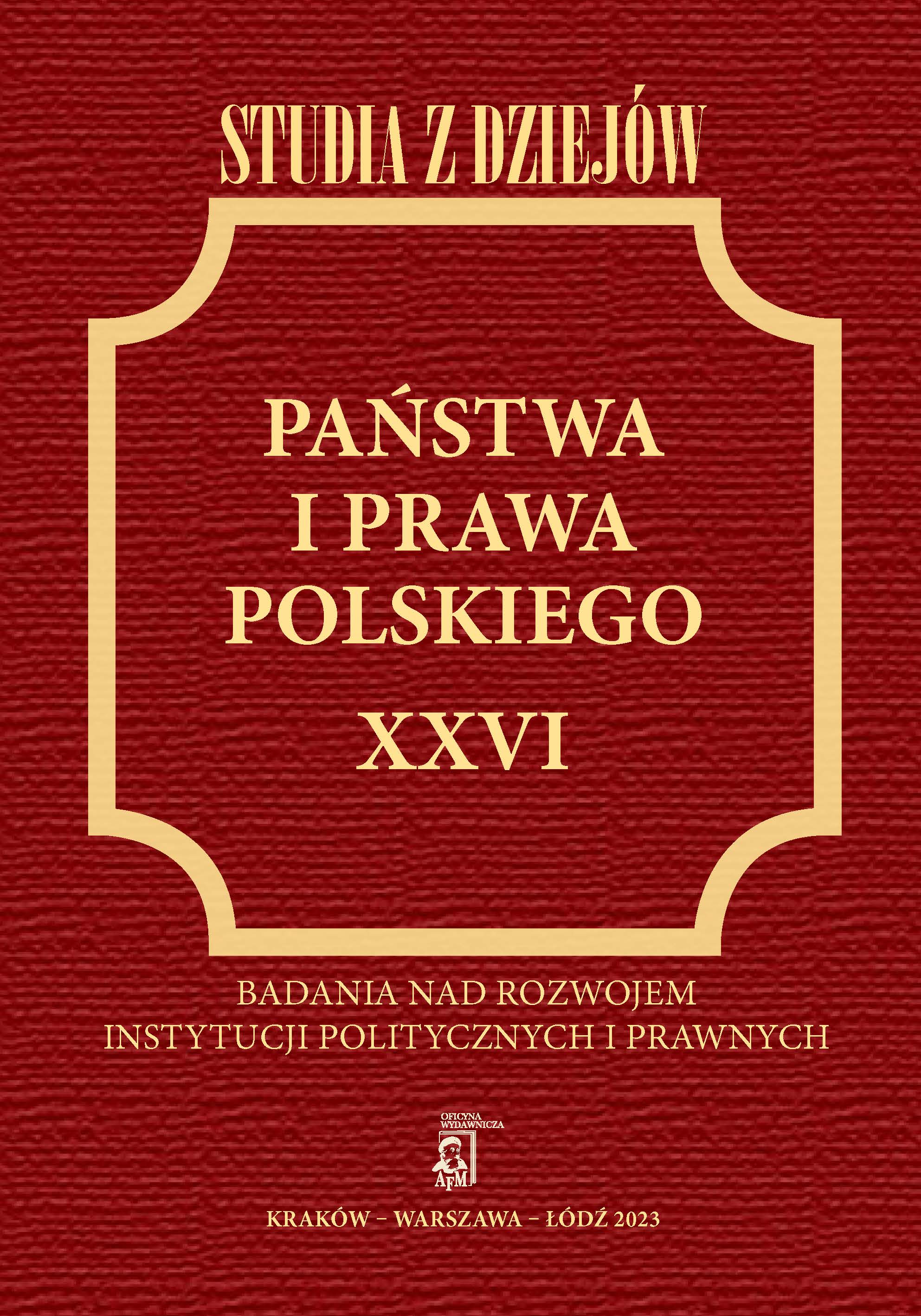
The article is the second and last part of a publication (part I in Studia z Dziejów Państwa i Prawa Polskiego 2021, vol. 24) devoted to the reconstruction of the events that led to the issuance of decree Urządzenie gmin i wójtów (Establishment of communes and wójts) of May 30, 1818. This legal act shaped the organization of rural communes in the Kingdom of Poland for several decades, until the act of February 19, 1864. The part II of the article is devoted to the analysis of the content of the debate on the draft prepared in May 1817 and the counter-proposal presented by the president of the Mazovian Voivodeship Commission Rajmund Rembieliński. Both drafts were rejected. After a one-year break (related to the involvement of the Council of State in the work on the bills for the Sejm of 1818) the new project was agreed upon. The fundamental problem of how to exercise effective administrative supervision over the activities conducted by commune heads has not been solved.
More...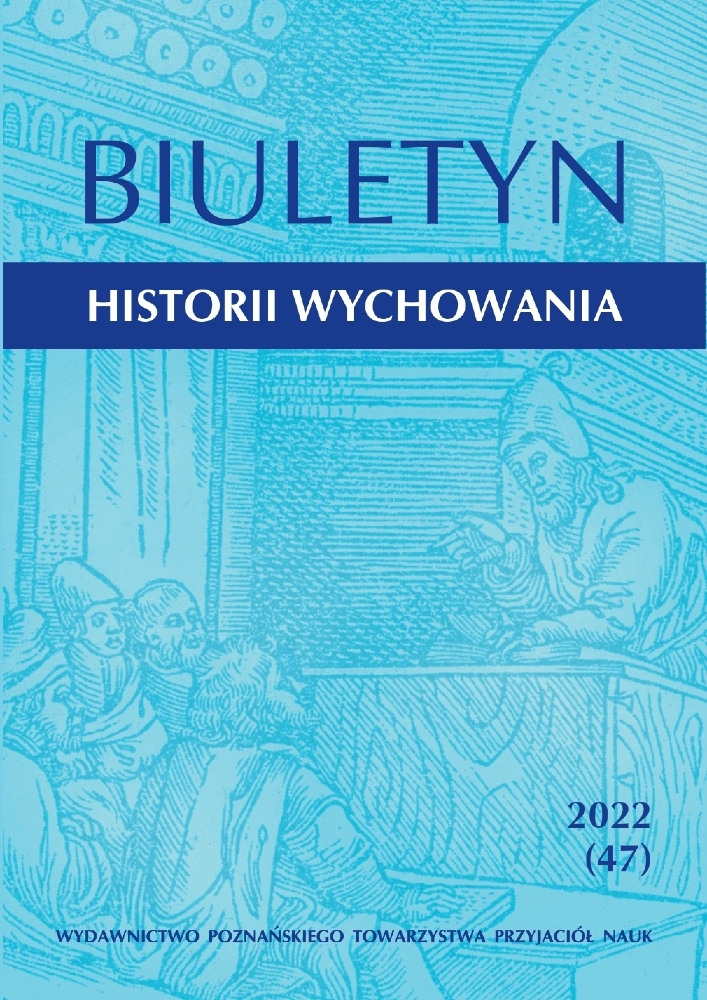
Women’s Household Work School (Kórnicki Institute) was founded by Jadwiga Zamoyska on 24 July 1884 in Kórnik. Its mission was to educate young girls in housewife’s chores, including both physical work (cleaning, laundering, cooking) and running the household in terms of accounting, managing servants, etc. Great emphasis was placed on in-depth studies of the catechism and the Bible. Nevertheless, the Institute was a secular organisation which did not force its participants to take religious vows. That is why it remains one of the most exceptional places in the late 19th and the early 20th centuries where dozens of young women were taught Zamoyska’s original method of education.The aim of the thesis is to present an evolution of the vision of the students created by the school’s founders and to depict the female students. The basis of the publication are memoirs by Maria Zamoyska and the teachers’ correspondence from 1882 to 1923.
More...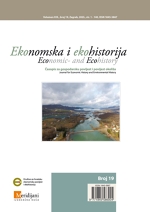
The main focus of this study is to understand how weather and climate changes of the Little Ice Age in the first half of the 19th century affected the yields of winter wheat, the most important food crop in Hungary at that time and the country’s main export item. In the Carpathian Basin, the impacts of the Little Ice Age were regionally specific. The research is based on a detailed analysis of the interactions between climate change and the phenological cycle of wheat in different regions. The study area is the territory of the Carpathian Basin, which includes Transdanubia, the Highlands, Transylvania, and the Great Hungarian Plain. Agriculture had a crucial role in traditional societies to allow subsistence, generate marketable surplus and contribute to political stability. Results highlight the vulnerability of agriculture to climatic and environmental changes. The presentation of risks posed by weather to winter-wheat farming in the Carpathian Basin revealed that cold and wet weather in October, cold March weather, and unfavourable conditions in May (dry, late frost, hail) and summer months (June: dry-hot, wet; July and August: wet) were the most decisive factors resulting in poor wheat harvests. Macroregional analyses shows that in the first half of the 19th century, wheat farming was riskier in the mountainous fringes of the Danube Basin, the Highlands, and Transylvania than in the Great Hungarian Plain. Three periods of countrywide wheat production crises were identified in the Carpathian Basin, with the most severe crisis occurring from 1811 to 1816, attributed to the Tambora volcano eruption in 1815. The interval from mid-1820s to early 1830s was the second period when wheat yields were predominately low. The wheat production crisis of 1845 and 1846 was particularly notable due to the accumulation of successive years of poor harvests. The temporal proximity of this food crisis to the 1848 revolution is emphasized. In conclusion, the Little Ice Age had significant impacts on agriculture in the Carpathian Basin. Still, various weather factors influenced the macroregional and countrywide wheat production crises. Understanding the historical climate and weather patterns can provide insights into the vulnerability of agricultural systems.
More...
The Habsburg territories of Transylvania, Banat and Partium were 1813-1818 adversely affected by severe weather events which caused the decrease of agricultural production and the increase of food prices, which in turn led to underfeeding and hunger. The period under examination begins in the summer of 1813, when very low winter temperatures and a cool summer were recorded in these provinces. It continues with the summer of 1815, when these parts of Europe witnessed extensive climatic anomalies, and ends in 1818 when the administrative measures introduced to combat the food crisis proved effective. The authorities took organizational and instructive measures to make land cultivation, animal husbandry, gardening, fruit-growing, and forestry more efficient, and also advised on household economy and family hygiene.The sources consist of hand-written notes made in liturgical books, local chronicles and miscellaneous others. The causes of starvation were: wars, weather anomalies and a financial crisis.
More...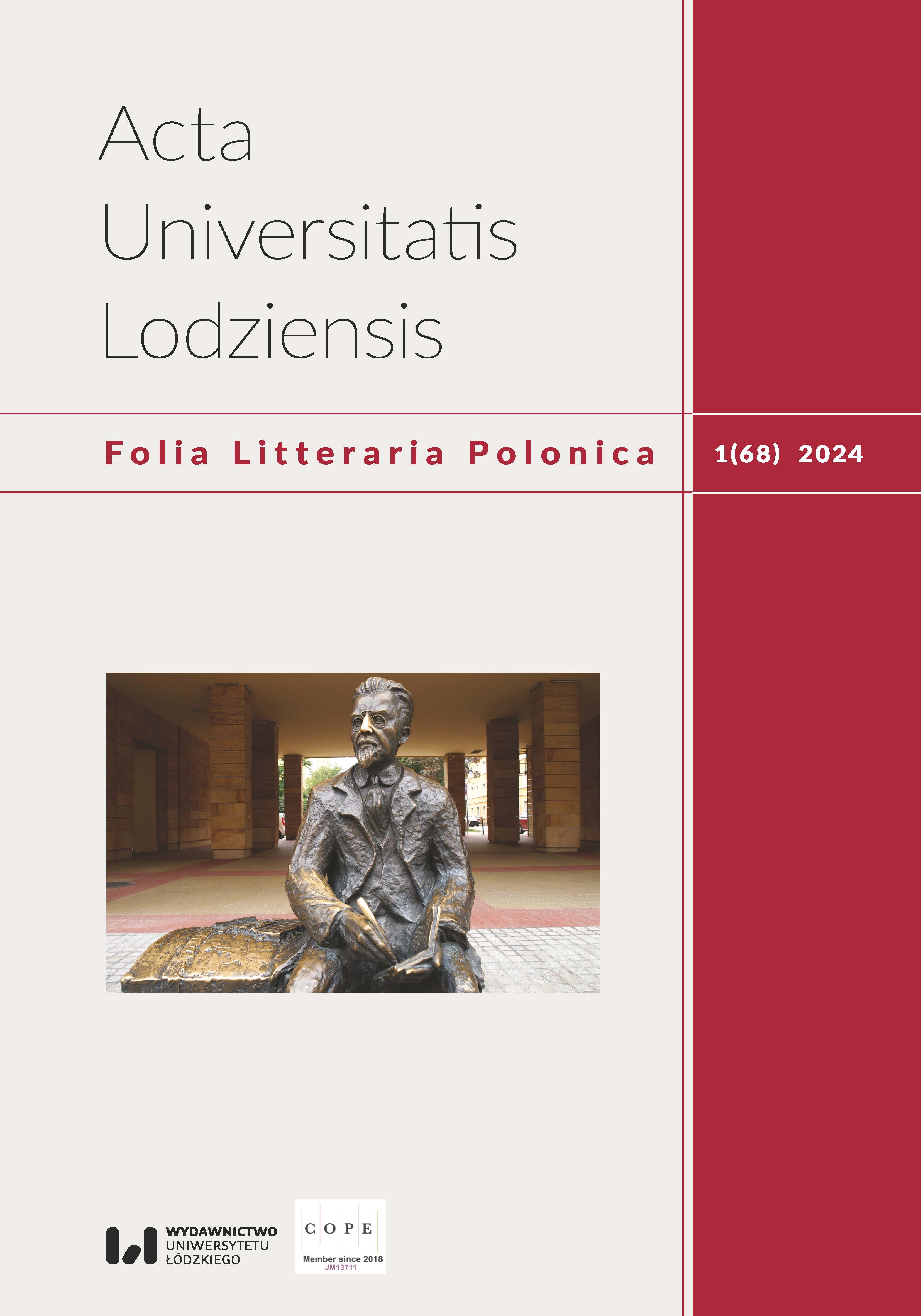
The article compiles the Lodz traces of Ignacy Dąbrowski, a writer of Young Poland who lived in Lodz intermittently between 1893 and 1897. The research carried out using archival and biographical methods made it possible to identify several threads of the writer’s biography related to characters associated with Lodz (including Władysław S. Reymont, Wacław Kloss, Edward Rontaler and the doctor Lidia Złobina). The work also deals with Dąbrowski’s never-published novel Mistrz (The Master), the manuscripts of which were long thought to have been burnt and are now being prepared for publication. The reconnaissance has made it possible to bring closer the writer’s connections with Lodz and the locals, as well as to unveil the supposed reasons for the abandonment of the publication of Mistrz in the magazine “Tygodnik Ilustrowany”.
More...
This article discusses the image of Lodz as depicted in two parodic poems by the Russian author N.G. Kuzmich: My Uncle and Demon, which appeared in the Russian-language Lodz newspaper „Lodzinskiy Listok” in the last years of the 19th century. Both of these works are remakes of Russian 19th century classics – two poems by the great Russian Romantics: Alexander Pushkin’s Eugene Onegin and Mikhail Lermontov’s Demon. The author sets the prominent characters he has chosen from his eminent works, the leading and episodic characters, in the developing, industrial Lodz of the late 19th century. The following research methods were used in this article: analytical, confrontational, cultural-historical, intertextual. As a result of the research, a picture of a developing industrial city – Lodz – and the people forming its financial elite is presented. Kuzmich’s use of the works of Russian classics allowed him to highlight the differences between the romantic heroes and the consumerism of the characters he created, typical of Lodz at the time. The works discussed in this article, which combine Russian classics with the image of a developing turn-of-the-century Lodz, are undoubtedly interesting examples of a ‘Lodz text’, written by a Russian-speaking resident of this multicultural city at the end of the nineteenth century.
More...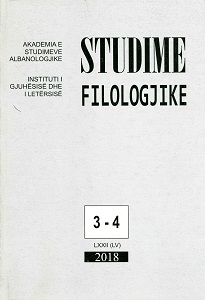
This study will focus on the less known aspect of one of the leading representatives of the glorious pleiades of 19th century Arbëresh writers, Francesco Antonio Santori (1819-1894). It also aims to reevaluate his literary activity and to affirm the materials which are preserved on the archive of the Institute of Linguistics and Literature of ASA. The study is divided into three topics: a) the interest of Santori for the great Albanian period of Scanderbeg wars against the ottoman invador, b) the manuscript analysis of heroic songs c) the connection with the Albanian heroic epic. Through the three main topics, well known or partly researched aspects of this prominent figure of Arbëresh and Albanian history of literature are illuminated. At the same time, the article shows that Santori was in direct connection with the general Arbëresh, Italian and European political, cultural and literary efforts. Through the analysis of eleven of the brave songs of cycle “Kënka jushtërore”, based on the manuscript which is stored in the archive IGJL (ASA - Tirana), it is shown that the cultural and literary aspects of F. A. Santori’s songs are clearly distinguished from the publications of Jeronim de Rada. They particulary emerge in descriptive breadth (quantitative length and width of the subject), as well as in the scope and depth of raising and building the subject of song motifs, and, last but not least, in the field of the literary genre that he has pursued. At the level of the creative process Santori’s rhapsody has followed a long singed epic technique. This way songs of this manuscript are evidence of a new type of the Albanian epic singing, which has been raised and built on a prosperous several centuries old heritage.
More...